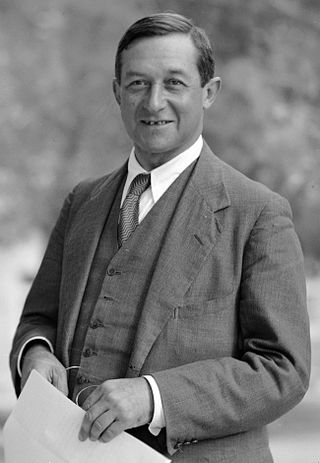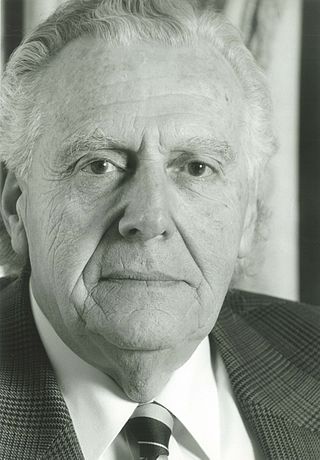
The Jewish Museum Berlin was opened in 2001 and is the largest Jewish museum in Europe. On 3,500 square metres of floor space, the museum presents the history of Jews in Germany from the Middle Ages to the present day, with new focuses and new scenography. It consists of three buildings, two of which are new additions specifically built for the museum by architect Daniel Libeskind. German-Jewish history is documented in the collections, the library and the archive, and is reflected in the museum's program of events.

The Magnes Collection of Jewish Art and Life, formerly known as the Judah L. Magnes Museum from 1961 until its reopening in 2012, is a museum of Jewish history, art, and culture in Berkeley, California. The museum, which was founded in 1961 by Seymour and Rebecca Fromer, is named for Jewish activist Rabbi Judah L. Magnes, a native of Oakland and co-founder of the Hebrew University of Jerusalem. The Magnes Collection of Jewish Art and Life houses more than 30,000 Jewish artifacts and manuscripts, which is the third largest collection of its kind in the United States.

David Friedländer was a German banker, writer and communal leader.

Judah Leon Magnes was a prominent Reform rabbi in both the United States and Mandatory Palestine. He is best remembered as a leader in the pacifist movement of the World War I period, his advocacy of a binational Jewish-Arab state in Palestine, and as one of the most widely recognized voices of 20th century American Reform Judaism. Magnes served as the first chancellor of the Hebrew University of Jerusalem (1925), and later as its President (1935–1948).

Alex Jacobowitz is a classically trained concert artist and street performer who plays the marimba and xylophone.

Henryk Marcin Broder is a Polish-born German journalist, author, and TV personality.

Congregation Emanu-El of San Francisco, California is one of the two oldest Jewish congregations in California, and one of the largest Jewish congregations in the United States. A member of the Union for Reform Judaism, Congregation Emanu-El is a significant gathering place for the Bay Area Jewish community.

Gustav Karpeles was a German Jewish historian of literature and editor; son of Elijah Karpeles.
Jüdischer Kulturbund, or Der Jüdische Kulturbund, was a Cultural Federation of German Jews, established in 1933. It hired over 1300 men and 700 women artists, musicians, and actors fired from German institutions, and grew to about 70,000 members, according to some authors. Saul Friedländer speaks of at least 180,000.
Congregation Beth Israel is a Modern Orthodox synagogue in Berkeley, California. Established in 1924 as the Berkeley Hebrew Center, it traces its origins to the First Hebrew Congregation of Berkeley, founded in 1909. It was Berkeley's first synagogue and remains its oldest. Lay-led for four decades, it hired its first rabbi, Saul Berman, in 1963.

Deborah Hertz, is an American historian whose specialties are modern German history, modern Jewish history and modern European women's history. Her current research focuses on the history of radical Jewish women.
Seymour Fromer was an American co-founder of the Judah L. Magnes Museum in Berkeley, California. Fromer co-founded the museum, which houses 11,000 Jewish artifacts, one of the largest collections in the United States, with his wife, Rebecca Fromer, in a Berkeley mansion in 1962. He remained the director the Judah L. Magnes Museum until his retirement in 1998.

George R. Whyte was an author, composer, dramatist and art collector. His early education was at Highgate Junior School. A British national of Hungarian Jewish extraction, the Holocaust and the loss of many members of his family in Auschwitz have influenced his creative works which have increasingly focused on the struggle against social injustices especially racism.
Joseph Asher (1921–1990) was an American rabbi born in Germany, known for his advocacy of reconciliation between the Jews and the Germans in the post-Holocaust era, and for his support for the civil rights movement in the United States. He was senior rabbi at Congregation Emanu-El in San Francisco for 19 years.
Ira Nowinski is a photographer. Nowinski earned a Master of Fine Art's degree from the San Francisco Art Institute in 1973. From the late 1970s through the early 1980s, Nowinski served as the official photographer of the San Francisco Opera. His photographs have been collected extensively by the University of California, Berkeley's Bancroft Library; Stanford University Libraries' Department of Special Collections; Bibliothèque Nationale in Paris; the Museum of Modern Art, New York, and the National Museum of Photography, Bradford, England.

Johann Erich Biester was a German philosopher. With Friedrich Nicolai and Friedrich Gedike, he formed what was known as the 'Triumvirate' of late Enlightenment Berlin.
An estimated 100,000 German Jewish military personnel served in the German Army during World War I, of whom 12,000 were killed in action. The Iron Cross was awarded to 18,000 German Jews during the war.

The Arthur Szyk Society, active from 1991 to 2017, was a nonprofit organization founded to preserve the legacy of the artist Arthur Szyk. Through its newsletters, art history papers, traveling exhibition, and group tours abroad, The Society presented Szyk's works to audiences in the United States and worldwide.
The "Jewish parasite" is a notion that dates back to the Age of Enlightenment. It is based on the idea that the Jews of the diaspora are incapable of forming their own states and would therefore parasitically attack and exploit states and peoples, which are biologically imagined as organisms or "peoples bodies". The stereotype is often associated with the accusation of usury and the separation of "creative", i.e. productive, and "raffling", non-productive financial capital.
Stefan Moses was a German photographer living in Munich.











